The US military has moved Typhon launchers - which can fire multi-purpose missiles up to thousands of kilometers - from Laoag airport in the Philippines to another location on Luzon island, a senior Philippine government source said.
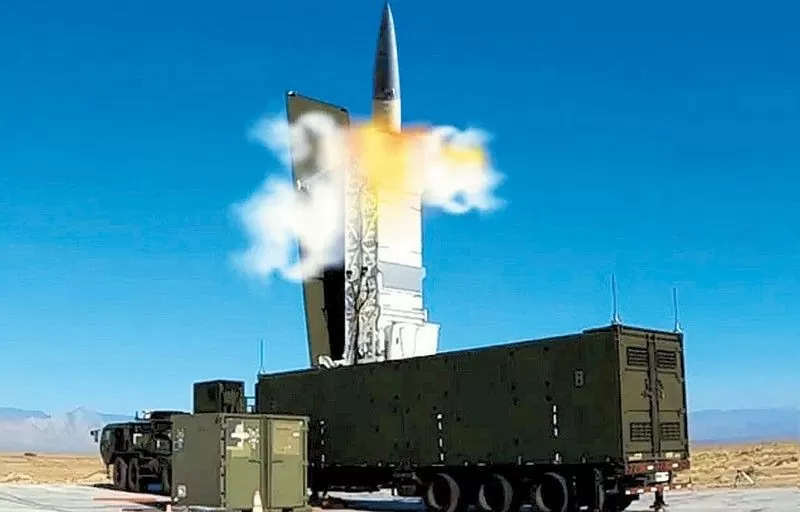 |
| The US is still deploying Typhon launchers in the Philippines. (Source: Philippines) |
Reuters news agency quoted a senior Philippine government source as saying that the redeployment would help determine the location and speed of the missile battery to a new firing position. This mobility is considered a key factor in increasing the system's survivability in the event of a conflict.
In recent weeks, the launcher's components and associated equipment have been loaded onto a C-17 transport aircraft at Laoag International Airport, according to Jeffrey Lewis of the Middlebury Institute of International Studies.
The white rain canopies covering the Typhon equipment have also been removed, according to images obtained by Reuters .
The US Indo- Pacific Command (INDOPACOM), which oversees US forces in the region, confirmed that the Typhon had been "relocated within Philippine territory".
Both INDOPACOM and the Philippine government declined to provide specific locations.
"The US government has been working closely with the Philippine government on all aspects of the MRC deployment, including the location," INDOPACOM Commander Matthew Comer said, adding that the relocation was not an indication that the batteries would stay in the Philippines permanently.
The Typhon system is part of a US effort to build up a variety of anti-ship weapons in Asia. The deployment of the weapon in April 2024 was sharply criticized by China. In September 2024, when the US announced that it had no immediate plans to withdraw the Typhon from the Philippines, China and Russia condemned it as fueling an arms race.
According to Reuters , the Tomahawk cruise missiles in the Typhon launcher can strike targets in Russia and China from the Philippines, while the SM-6 missiles it carries can strike air or sea targets more than 200 km away.
Regarding US-Philippines relations, on the same day, new US Secretary of State Marco Rubio called his Philippine counterpart to discuss the situation in the East Sea and emphasized Washington's "firm" defense commitment to Manila.
On January 23, Philippine Defense Minister Gilberto Teodoro also met with US National Security Advisor Mike Waltz at the White House to reaffirm the long-standing alliance between the two countries.
Source: https://baoquocte.vn/my-di-chuyen-ten-lua-o-mot-quoc-gia-dong-nam-a-ra-cam-ket-vung-chac-ve-tinh-dong-minh-302025.html




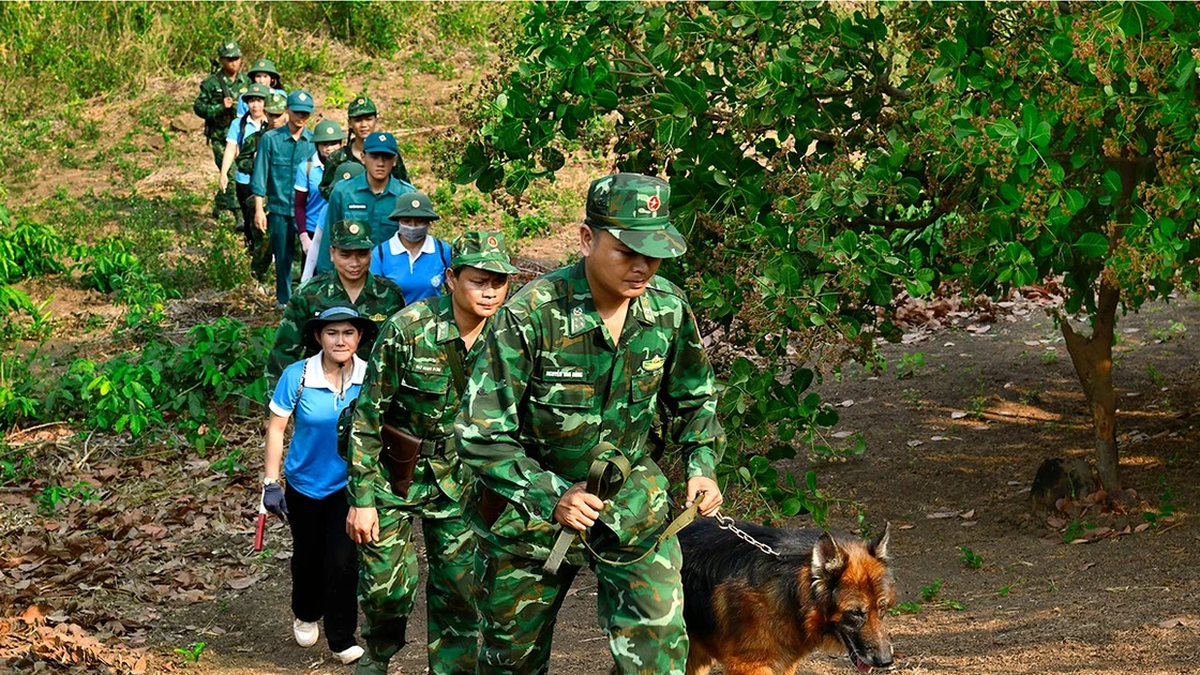
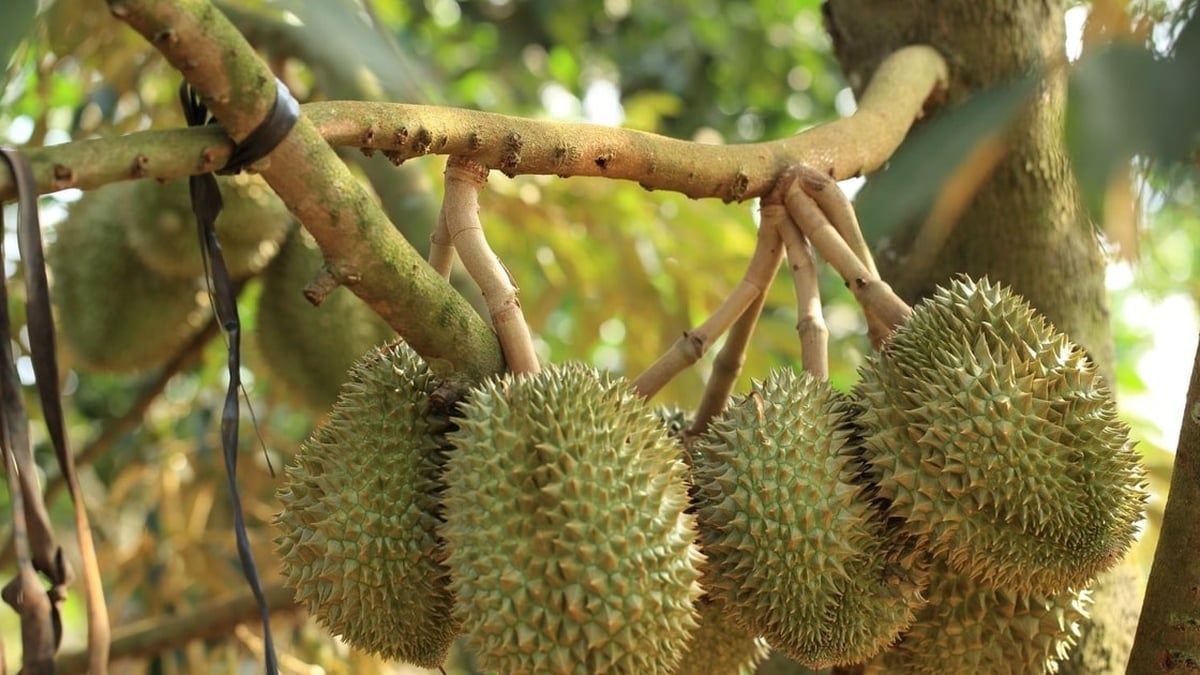
![[Photo] International community congratulates Vietnam on having more landscapes recognized as World Cultural Heritage](https://vphoto.vietnam.vn/thumb/1200x675/vietnam/resource/IMAGE/2025/7/13/58ec71f73ae644bfb5bab9c99043bb7d)


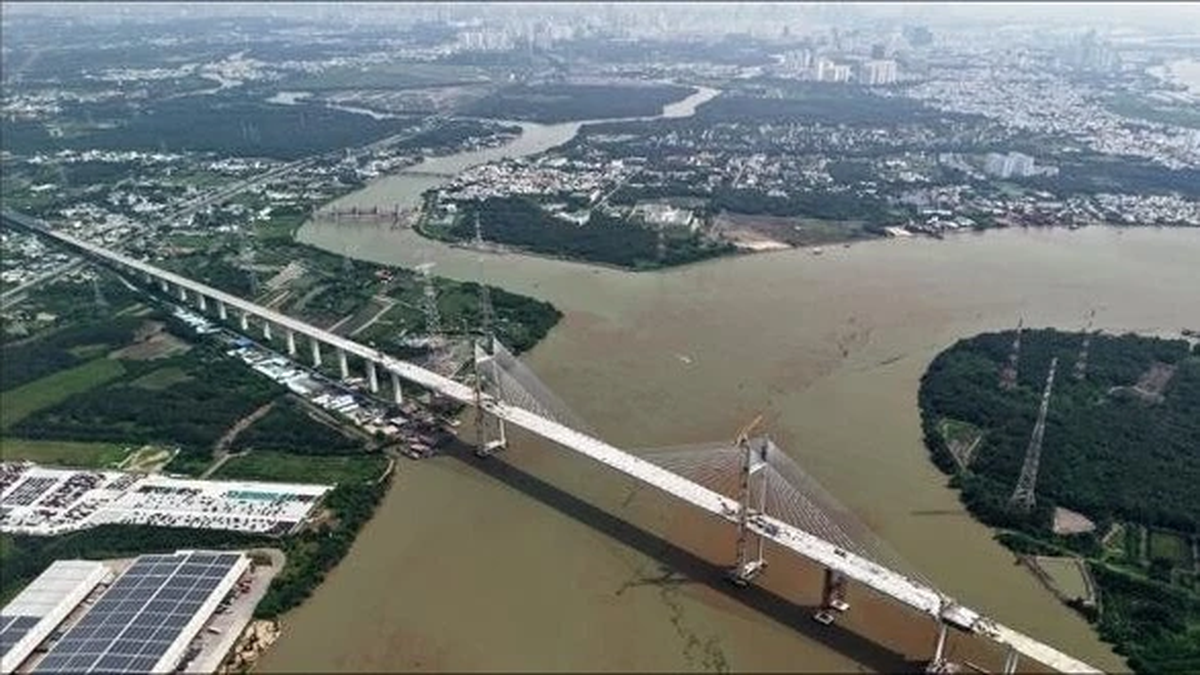




























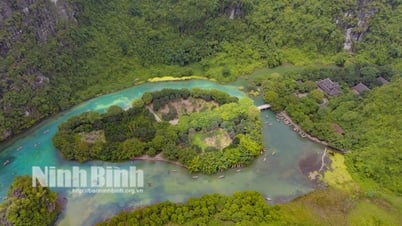






















![[Photo] International community congratulates Vietnam on having more landscapes recognized as World Cultural Heritage](https://vphoto.vietnam.vn/thumb/402x226/vietnam/resource/IMAGE/2025/7/13/58ec71f73ae644bfb5bab9c99043bb7d)




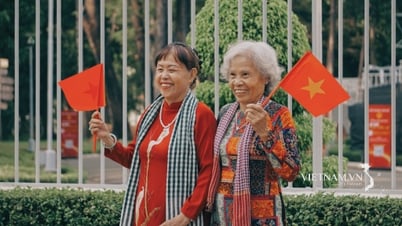
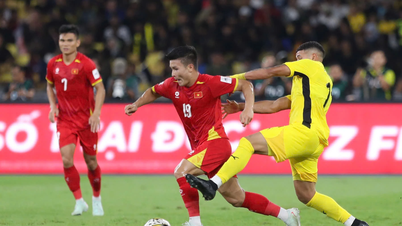
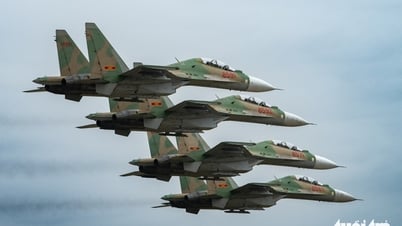





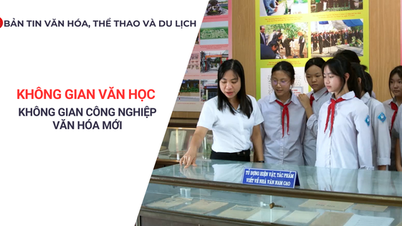

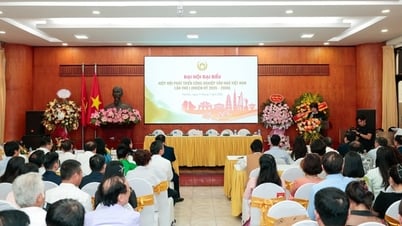























Comment (0)